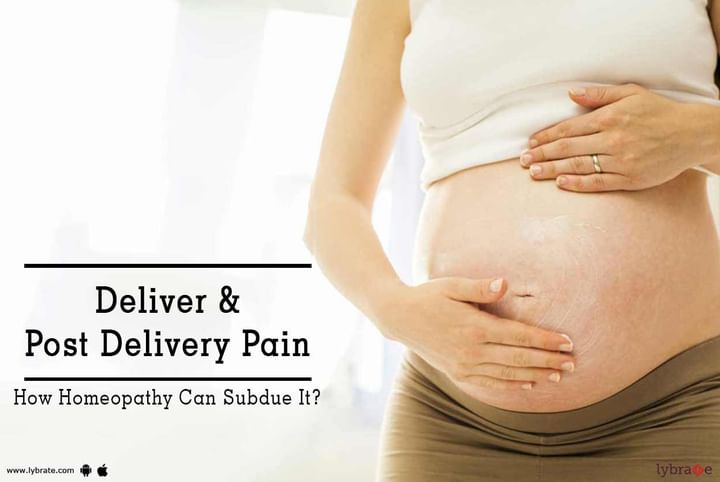Deliver & Post Delivery Pain - How Homeopathy Can Subdue It?
On a pain scale of 1 to 10 with 10 being the most severe, labour pain is one of the most severe pain forms. Most women would agree that life after childbirth feels like a second lease of life. Life takes a complete turn after childbirth, with the added responsibility of having to care for the newborn. In addition, the mother herself has a lot to recuperate from, including the stress of pregnancy and the pain that was endured during delivery. The uterus, which expands to accommodate the growing baby shrinks back to its size which causes severe pain.
While there are chemical medications to the rescue, homoeopathy also offers an effective remedy to manage this phase of life. As with all conditions, homoeopathy believes in treating the individual as a whole and not just provide symptomatic relief. Your homoeopath will ask you a number of questions to arrive at a diagnosis and base treatment on that, which is highly customised.
While the following four products are commonly used, it is always advised to not self-medicate in homoeopathy.
- Caulophyllum: Made of Blue Cohosh, this is commonly used during pregnancy and post labour. During labour, it is helpful if the labour is not progressing with the lack of cervical dilation and irregular contractions. Post labour, it is used if the patient has erratic, shooting, or wandering pains that are unbearable. These pains are also coupled with nausea and vomiting. The pain is, however, intermittent and sharp. The patient will be very hungry, chilly, thirsty, weak, exhausted. The woman will also be nervous and excitable.
- Cimicifuga [Cimic]: This is useful in women who have postpartum pains that are intense in the groin area, thighs, hips and back. It helps in cervical dilation and reducing rigidity during examination postpartum. The woman is apprehensive, confused, and paranoid.
- Pulsatilla: Made from the windflower, it is useful in women who are tearful, sensitive, shy, affection, and requires reassurance. When this reassurance is lacking, she might feel sad, alone, anxious, fearful, or abandoned. There is also an expectation of hugs, consolation, and self-pity. The pain worsens around dusk, the patient craves fatty foods and wishes to be out in the open. There could be other symptoms including varicose veins, nausea, chronic chest congestion, runny nose, and headaches.
- Sepia: There is a severe, bearing down pain as if the uterus and everything along with it would just pop out. The patient would have severe depression, indifference to the baby, might have never wanted the baby in the first place. She would be sad, offended easily, and irritable. She might have had children with short intervals.
Talk to your homoeopath and there are definitely ways to relieve the postpartum pains completely.



+1.svg)
